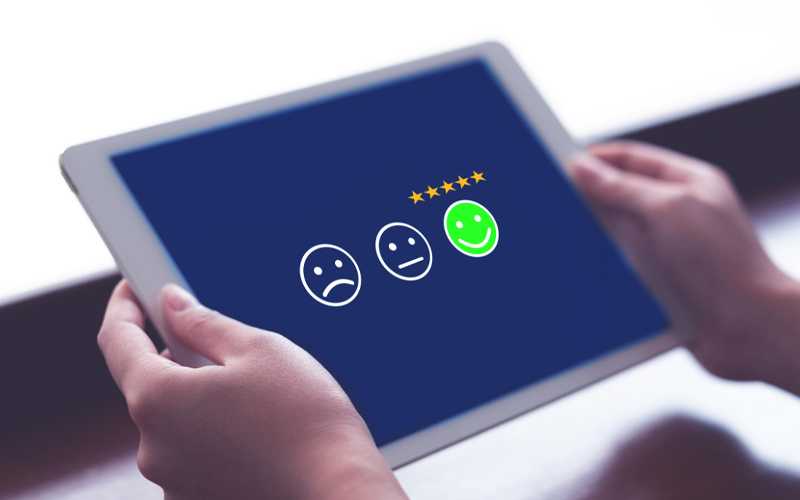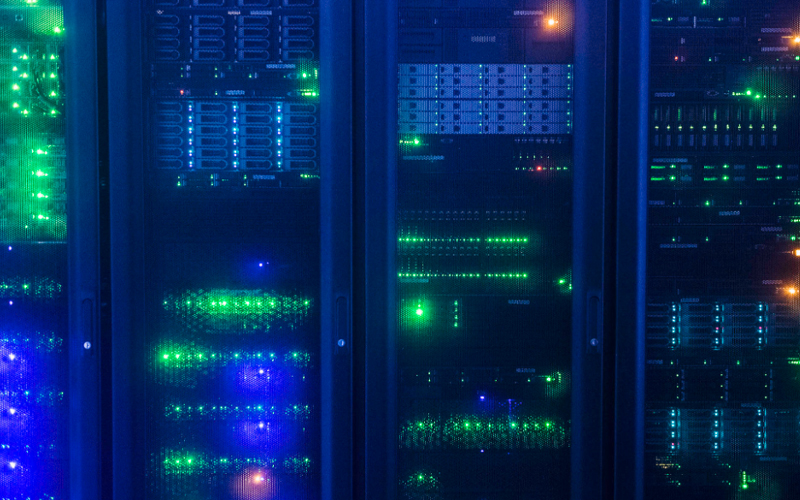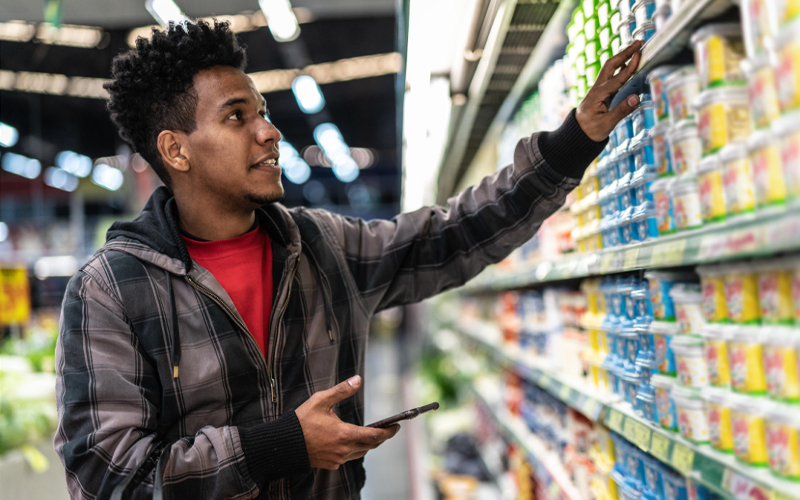The landscape of paid search and social advertising is undergoing a profound AI-driven transformation, moving from manual optimization to an ecosystem of automation, hyper-personalization, and predictive analytics. This fundamental shift redefines strategy, execution, and measurement for brands and advertisers across platforms such as Google Ads, Meta Ads, and TikTok Ads.
enhanced audience targeting and segmentation
AI algorithms analyze vast datasets of real-time user behavior, including online and offline interactions, purchase history, and content consumption to enable hyper-segmentation. This allows the creation of granular, dynamic audience segments based on nuanced intent, propensity to convert, and complex behavioral sequences. AI refines lookalike modeling by identifying subtle patterns in high-value customers, and precisely finds new similar audiences. Predictive targeting anticipates future user actions, allowing ads to be shown to users most likely to convert before they explicitly signal intent. AI also continuously monitors audience behavior and dynamically adjusts targeting parameters in real time to maintain relevance as interests evolve.
automated bidding and budget optimization
Manual bidding is becoming obsolete; AI-powered smart bidding strategies now dominate. These systems, like Google's Performance Max, adjust bids in milliseconds based on real-time signals (device, location, user behavior, competitive landscape) to maximize performance against specified goals. AI enables dynamic budget allocation, shifting resources across campaigns, ad groups, and channels to areas with the highest predicted ROI, optimizing spend efficiency. AI also provides anomaly detection by quickly identifying and addressing campaign issues to prevent wasted ad spend.
dynamic ad creative and personalization
Generative AI is revolutionizing ad creatives. Large language models (LLMs) can rapidly produce diverse headlines, descriptions, and calls to action (CTAs) tailored for specific audiences and platforms. Dynamic creative optimization (DCO) leverages AI to evaluate countless combinations of ad elements (images, videos, headlines, and descriptions) in real time, automatically serving the top-performing variations to different user segments for maximum engagement and efficiency. AI also analyzes and optimizes visual and audio elements, suggests optimal layouts, and generates video ads with AI voiceover in response to conversational queries.
advanced analytics and insights
AI processes massive data sets to provide predictive analytics, forecasting future trends, user behavior, and campaign performance. It offers quick detection of unusual performance fluctuations and performs root cause analysis to pinpoint underlying reasons for changes. AI also automates A/B testing by running multiple variants simultaneously and allocating spend to winning variants with minimal manual effort. In addition AI is highly effective at fraud detection, and protects ad budgets from invalid traffic.
conversational AI and immersive ad experiences
AI is transforming the post-click experience. AI-powered chatbots integrated into ads or landing pages provide instant answers, guide users, and facilitate conversions, turning clicks into conversations. AI also enables immersive ad formats such as AR/VR experiences, interactive showrooms, and dynamic product comparisons directly within the ad environment.
adapting to AI-enabled search results
The emergence of AI overviews (formerly Google's SGE) fundamentally disrupts paid search. These AI summaries directly answer queries, often reducing the need for users to click through to websites, impacting traditional ad visibility.
reduced visibility for traditional ads
AI overviews frequently push traditional ads lower on the SERPs, potentially reducing impressions and CTRs. Advertisers must focus on high-intent commercial queries, where users are actively looking to buy, and diversify ad formats to include shopping ads, video ads, and discovery campaigns for better visibility. Strategic bid adjustments become crucial for securing limited top-of-the-page real estate.
integrating ads within AI overviews
Google is integrating paid search and shopping ads directly within AI overviews. This demands optimization for contextual relevance and precise alignment of ad copy with AI summary. Ads must highlight unique value propositions that the AI summary cannot provide and leverage data-driven ad copy tools for natural language understanding.
the rise of "zero-click" searches
As AI answers more queries directly, leading to "zero-click" searches, brands need to focus on brand authority and mentions. Building comprehensive, high-quality content that AI models can cite as trusted sources is vital for visibility. If a user clicks an ad, the post-click experience on the landing page must be exceptionally relevant and efficient. Full-funnel measurement is essential to understand the complete customer journey, including instances where AI overview mentions influence later conversions.
playbook for brands and advertisers
To thrive in the AI-driven advertising landscape, brands and advertisers must adopt PAD Approach.

embrace AI-powered platforms and tools
Fully leverage automated bidding strategies like Google's Smart Bidding and Performance Max, along with dynamic creative optimization (DCO) features. Invest in AI-driven analytics and insights tools that provide predictive capabilities and anomaly detection.
prioritize first-party data and build robust CDPs
AI thrives on data. Develop a strong first-party data strategy and implement a customer data platform (CDP) to unify customer data from all touchpoints, providing AI with the comprehensive information needed for advanced segmentation and personalization.
master generative AI for ad creatives and copies
Develop prompt engineering skills to effectively guide generative AI tools for high-quality, on-brand ad copy and headlines. Use AI for scalable content production, rapidly generating diverse ad variations for continuous testing while ensuring brand voice integration.
re-evaluate keyword strategy for paid search
A shift from pure keywords to intent-based targeting, embracing broader matching with robust negative keyword strategies. Optimize for long tail and conversational queries as AI handles short informational ones.
focus on the full customer journey and cross-channel orchestration
Use AI to orchestrate seamless customer journeys across paid search, social, display, and other channels, integrating campaigns for a cohesive experience. Adopt data-driven attribution models to understand the true contribution of each touchpoint.
emphasize brand building and trust
In an AI-synthesized information environment, being a trusted source is paramount. Should maintain consistent brand messaging across all AI-generated content and invests in thought leadership to increase the likelihood of being cited by AI models.
continuous learning and experimentation
The AI landscape is rapidly evolving. Stay updated on new AI features, dedicate budget to test and learn with new strategies, and always remember that human oversight is key for setting goals, interpreting data, providing creative direction, and ensuring ethical AI use.
conclusion: the future is intelligent advertising
AI isn't just optimizing existing advertising; it's reinventing it. Brands and advertisers must move beyond traditional tactics and embrace a future where advertising is more intelligent, personalized, and efficient. Those who proactively integrate AI into their paid search and social strategies, focusing on deep audience understanding, dynamic content, and seamless cross-channel experiences, will thrive in this new era. The challenge lies in adapting quickly and strategically, harnessing AI as a powerful co-pilot rather than a mere tool.







